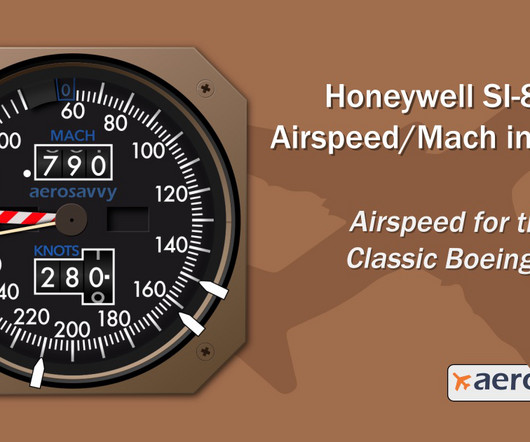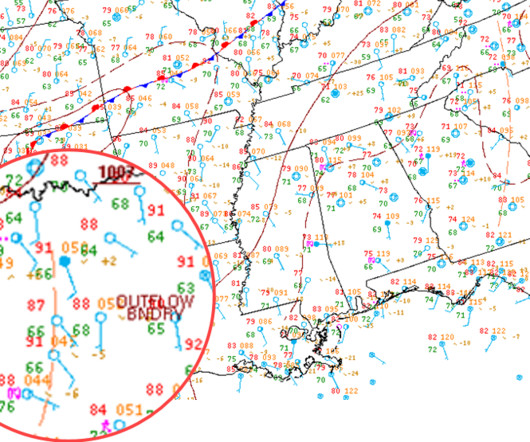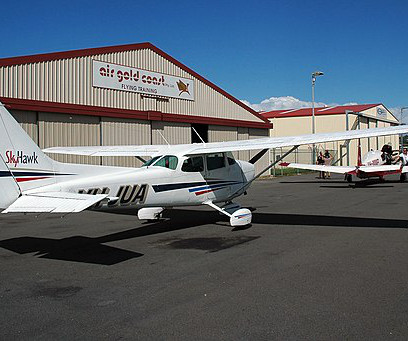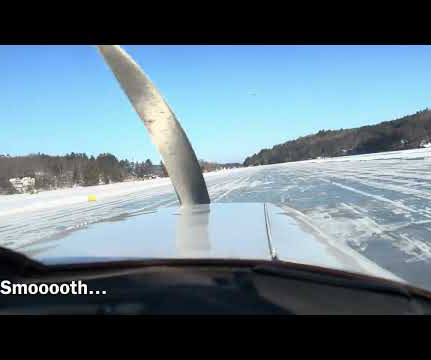Check Ride Jitters
Plane and Pilot
MARCH 6, 2025
I felt knots forming in my stomach. Would the weather hold or not? The visibility had dropped to almost zero as we crossed the threshold. I examined the topped fuel tanks one more time and untied the ropes on the Cessna 152. I noticed that the wind was picking up. I looked toward the west, where the skies were darkening.





















Let's personalize your content